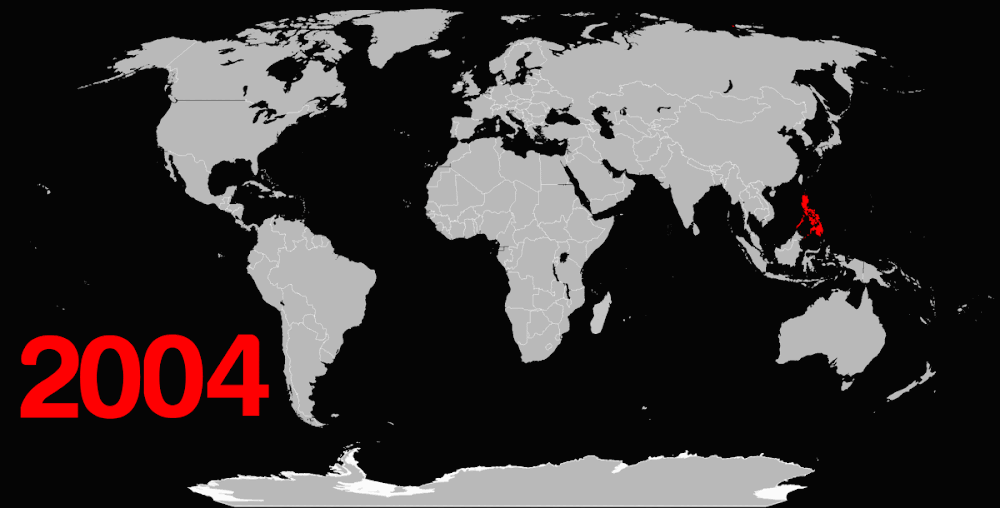The book I am using is Contemporary
Japanese Vol. 1 by
Eriko Sato from the Tuttle Language Library. Volume 1 of the book has 61 lessons. Target end date is
March 20, 2012.
MONDAY: Lesson Twenty Six – みそする何で食べますか
The grammar point for today is all
about ~んです which is the shorter version of ~のです. This is attached to the plain forms of the verb
(e.g. 食べる and 食べない). It
confuses me but according to the explanation, this form is used when you want
to solicit some sort of reaction from the people you are talking to, which is
why, according to the book, this form is used mainly in conversations but not
in speeches and written text where the flow of information is one-way. In
short, when there is no dialogue. If I understand it correctly, よく食べるんです would
merit some sort of comment from the person you are talking to, like “I
often eat, you know!” while a simple よく食べます would be more like a direct
statement like “I often eat” not
asking for any kind of comment. I guess I will learn more about this as my
studies progress to a higher level.
TUESDAY: Lesson Twenty Six – みそする何で食べますか
Let us review one high frequency particle which we use
to describe manner or by
which/with which something is done. The particle used is ~で and is placed as a suffix to whatever it is you are
using, whether you are speaking in
Japanese 日本語で or eating
with
chopsticks はしで or doing
whatever it is you are doing at
home うちで. See, you could also use it with places. Versatile!
WEDNESDAY: Lesson
Twenty Seven – どこで朝ごはんを食べましたか
We already
know ごぜん and ごご to mean morning and afternoon,
respectively. There are other words to describe the different times of day, and
perhaps what’s important to know are the ones that coincide with meals
ごはん so you could just add that word
after them to mean breakfast 朝ごはん, lunch
昼ごはん and dinner
晩ごはん. There are other words for midnight, dawn, dusk, and
whatever you could think of but let’s reserve that for your own research!
Another grammar point is the use of する for verbs derived from foreign words such as to
skate which in Japanese would be スケートする.
THURSDAY:
Lesson Twenty Seven –どこで朝ごはんを食べましたか
You have to
use the particle ~を to mark direct
objects, as in those to which an action
is done. Read a book 本を読む or eat sushi すしを食べる. You have to mark them to make everything clear,
although I think this is dropped in colloquial speech when it is clear to which
something is being done. Moving on, past tense formal! Affirmative ending is ~ました while negative ending is ~ませんでした. Ate is 食べました while did
not eat is 食べませんでした.
FRIDAY: Lesson Twenty Eight –ひまなときは何をしますか
The subject particle is ~が which, obviously, marks the
subject, doh. I often confuse this with ~は, which I think many
beginners do because it is simply hard to distinguish which is which. Like,
seriously. Sometimes they both exist in the same sentence. Anyway just remember
that the first one is a subject marker, the other one is a topic marker. If
there is anything I’ve learned in high school English class, that is a subject
of a sentence is the doer of the action. Or maybe not always. Last stop, ~つもりですwhich you
attach to the plain form of the verb. This means you plan on doing something. I
plan to eat is 食べるつもりです while
I don’t plan to eat is 食べないつもりです.
For next week
I would be covering the second half of lesson twenty eight until lesson thirty.
We can do this guys! The
goal is to pass the N5 examination of the JLPT in December 2012! =)



_poster.jpg)



0 creature(s) gave a damn:
Post a Comment